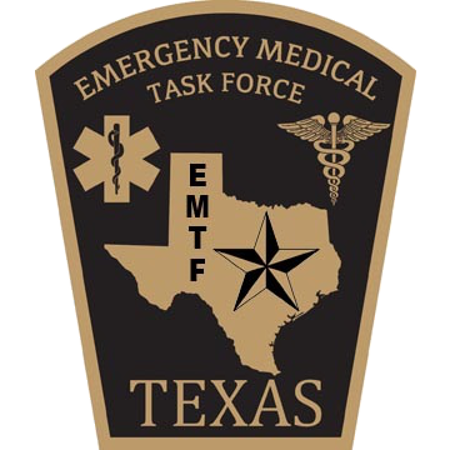Emergency Medical Task Force
EMTF 8
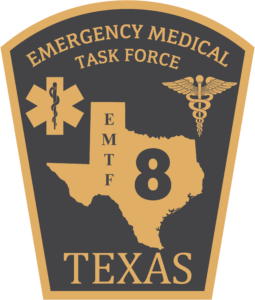
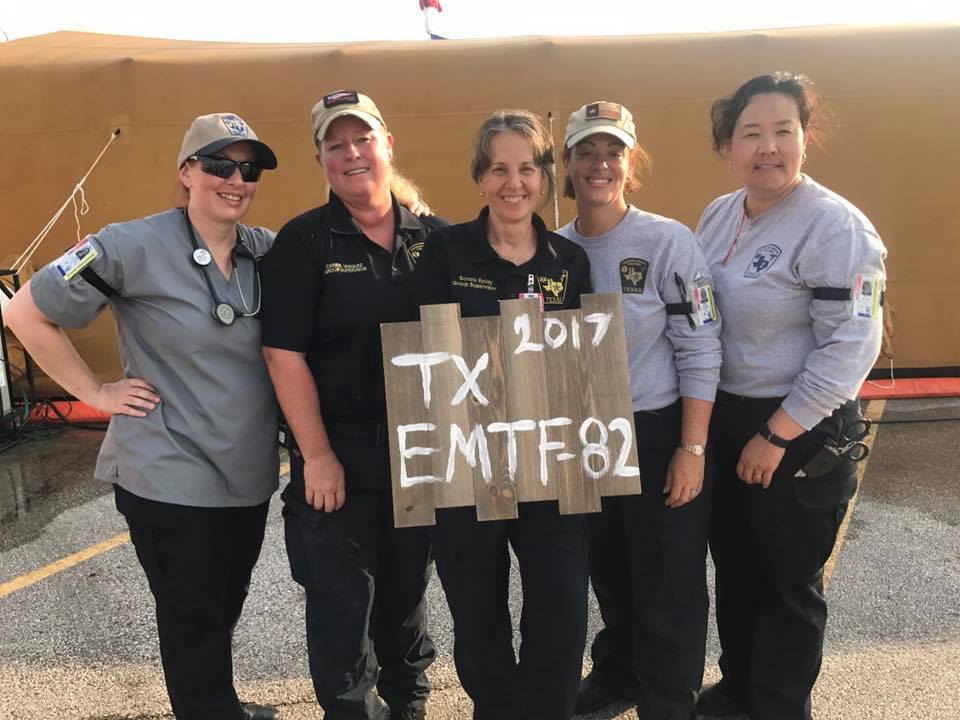
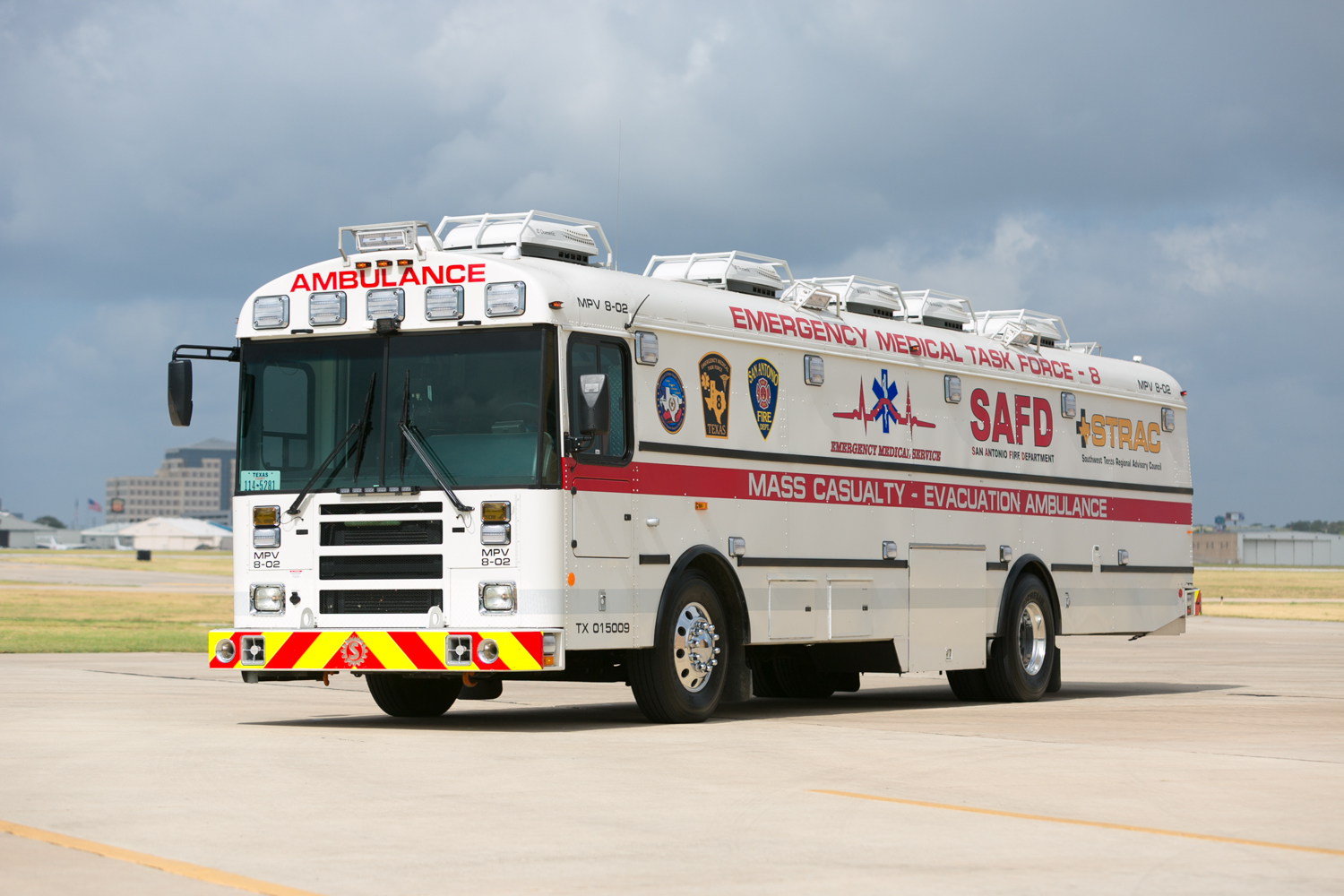
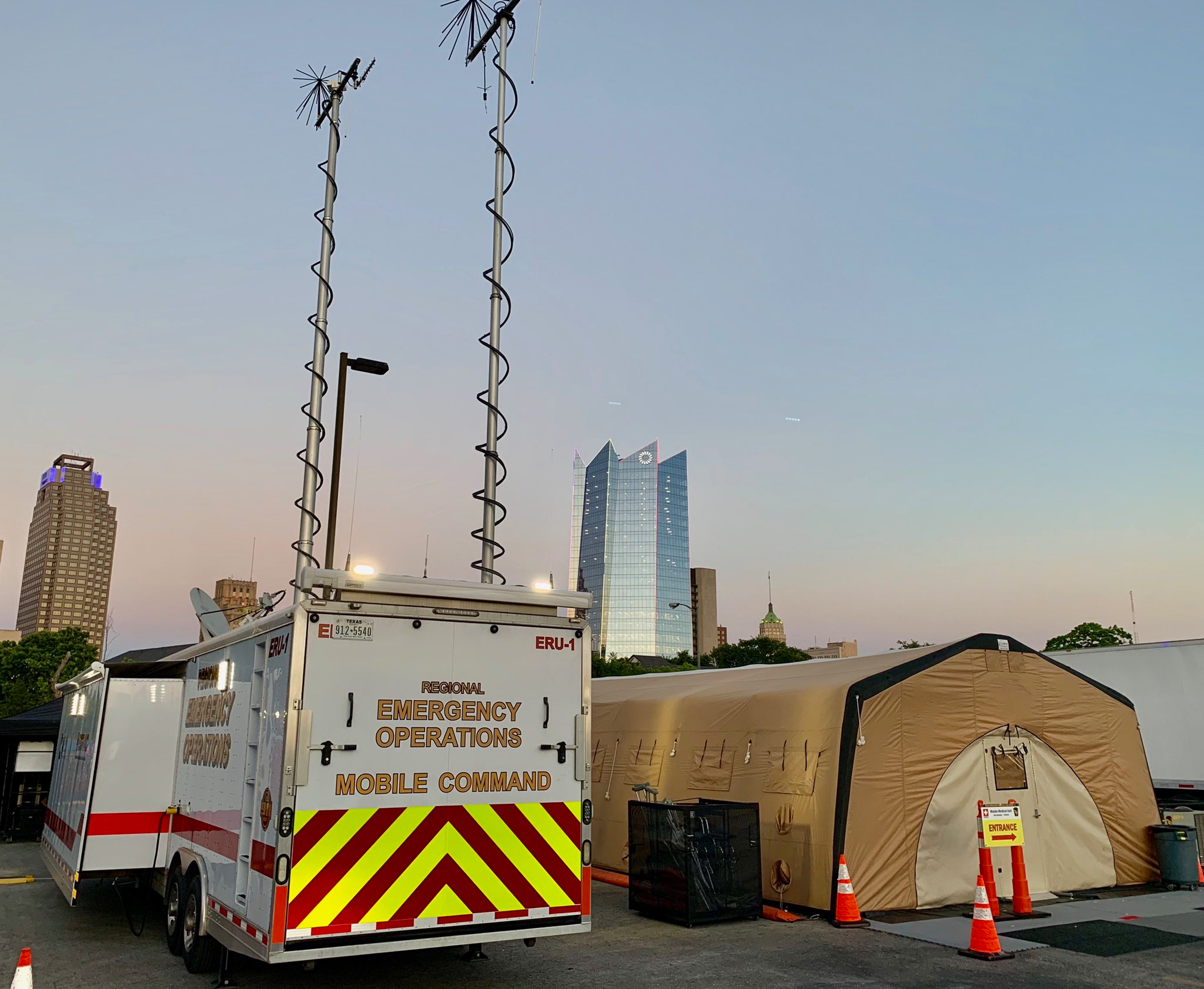
The Texas Emergency Medical Task Force program provides a well-coordinated response, offering rapid professional medical assistance to emergency operation systems during large-scale incidents. EMTF components will only be tasked outside of their jurisdiction when their local area is unaffected.
If you would like more information or are interested in joining the EMTF 8, please Contact Us.
If you would like to learn more about the TXEMTF, please visit their site at TXEMTF.org
Purpose
The purpose of the Texas Emergency Medical Task Force (TXEMTF) program is to build alternate care capacity with an acute care medical focus, such as emergency medical transport, hospital surge staffing, and mobile medical units that could be deployed during a large mass-casualty event, significant regional event or incident, statewide disaster, a pandemic response or any other event that requires surge capacity and capability to augment the response for the healthcare delivery system. The TXEMTF is part of a much larger statewide public health and medical response system known as the Texas Disaster Medical System (TDMS).
The EMTF is “One Team” and is designed to respond to disasters or events to provide care and / or transportation. When requested, the eight EMTF regions of Texas work together to provide teams, to maintain and house assets, and to deploy personnel and resources.
Participation
Regional Advisory Councils (RACs) have both hospitals and EMS agencies in their membership and are charged with developing disaster response plans for acute healthcare emergencies. The EMTFs were organized around multi-RAC regions to leverage the capabilities of several trauma systems. The partnered RACs then selected a “Lead” RAC to be responsible for equipment purchases, providing a coordinator, and the general organization of the EMTF. The eight EMTF regions of Texas coordinate personnel, assets, and responses within their region. EMTF resources may be requested by contacting your Lead RAC or DDC.
Components of the Emergency Medical Task Force
 AMBUS
AMBUS
Recognizing the unique needs of large-scale patient movements as well as the challenge of scarce resources during times of disaster, each Emergency Medical Task Force region will have 2 fully staffed multi-patient vehicles, more commonly known as an AMBUS. EMTF 8 has 2 AMBUSs hosted regionally, 1 with the San Antonio Fire Department and 1 with Schertz EMS.
- – Each AMBUS can provide care and transportation for up to 20 patients lying down.
- – Each of the 8 regions currently has at least 1 AMBUS, several regions have 2 and 1 region has 4.
- – The 13 AMBUSs in Texas today can transport 235 patients which would otherwise require 117 Ambulances.
Ambulance Staging Managers
The Ambulance Staging Manager Program began in 2009 following the Hurricane Season of 2008. This course has been developed by leaders and responders based on lessons learned during statewide responses as well as regional responses and incidents nationwide.
- – The Ambulance Staging Management personnel are trained to provide management, accountability, logistics and coordination for Ambulances, AMBUS, and other equipment and apparatus responding to disasters in Texas
- – Staging areas range in size from an area supporting 25 apparatus to footprints large enough to manage more than 500 units.
Ambulance Strike Teams
Each EMTF region maintains a minimum of 5 Ambulance Strike Teams. Each of these strike teams consist of 5 ambulances with crews and a strike team leader. Ambulance Strike Teams may be deployed either regionally or statewide and are coordinated and led by an ambulance strike team leader with specialized training, who will travel in a separate vehicle to allow for flexibility.
- – There are 5 ambulances per strike team with a Strike Team Leader in a supervisor vehicle.
- – 5 strike teams per EMTF Region (25 Ambulances and 5 Strike Team Leaders)
- – Combined, all 8 regions can deploy more than 200 ambulances and 40 strike team leaders.
Medical Incident Support Team
The Medical Incident Support Team consists of acute healthcare leadership trained to support local jurisdictions, healthcare facilities and local healthcare infrastructure during disasters anywhere in the state of Texas. M-IST personnel deploy to impacted local emergency operations centers, regional medical operations centers, and Texas Department of Public Safety regional headquarters to support the DDC and provide integrated health and medical support to authorities having jurisdiction, government agencies, hospitals, and state response partners during incidents and events.
Mobile Medical Unit
The most intricate component of an EMTF is the Mobile Medical Unit. Essentially a 16-32 bed deployable Emergency Department, the MMU team is comprised of ER Physicians, ER Nurses, Paramedics and Techs with the appropriate tentage and life-saving equipment to provide emergency care and stabilization capability in austere environments for multiple operational periods. Designed to be rapidly deployable and configurable to incident specific needs, the EMTF MMU is an incredible resource for any impacted jurisdiction.
- – The MMU functions as a field deployable unit with Emergency Room Physicians, Nurses, Paramedics and Technicians which will provide triage, stabilization, and treatment using life-saving equipment, supplies and medications.
- – Each of the 8 regions is able to deploy a MMU with 16 or more beds which is considered a Type III MMU. There are 4 EMTF regions in Texas that can deploy a Type I MMU which consists of 32 or more beds.
- – The MMUs from each region may be joined together to provide an even greater capacity and response capability.
RN Strike Team
Groups of specialized nurses may be deployed during State-tasked assignments to assist an over-taxed medical facility. A prime example of this would be a hospital receiving a surge of patients following a catastrophic incident such as a hurricane or a food borne illness in addition to the higher than normal number of individuals seeking hospital care who may not be ill. These nurses will be deployed into hospitals to provide care as they would if they were at their home agency.
- – Registered Nurse Strike Teams are designed to rapidly deploy to an impacted jurisdiction or facility to provide surge or relief staffing during disastrous times.
- – 5 Nurses per team with 1 designated as the team Leader.- EMTF 8 is currently building ER, Pediatric ER, and NICU RNSTs.
EMTF 8 Resources
| Title | Categories | Creation Date | Link | hf:doc_categories |
|---|---|---|---|---|
| EMTF 8 Region (TSA-P & TSA-S) | Map | August 4, 2023 | map | |
| EMTF 8 MMU Packing List | Quick Reference | August 30, 2017 | quick-reference | |
| Texas EMTF Map with Region Patches | Map | September 10, 2015 | map | |
| EMTF 8 Activation Levels | Quick Reference | December 15, 2014 | quick-reference |


